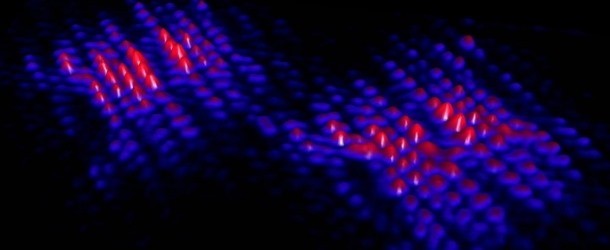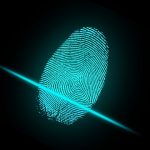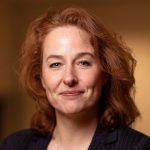In historic milestone, silicon quantum computing just exceeded 99% accuracy

(ScienceAlert) Three separate teams around the world have passed the 99 percent accuracy threshold for silicon-based quantum computing, placing error-free quantum operations within tantalizing grasp.
In Australia, a team led by physicist Andrea Morello of the University of New South Wales achieved 99.95 percent accuracy with one-qubit operations, and 99.37 percent for two-qubit operations in a three-qubit system.
In the Netherlands, a team led by physicist Seigo Tarucha of Delft University of Technology achieved 99.87 percent accuracy for one-qubit operations, and 99.65 percent for two-qubit operations in quantum dots.
Finally, in Japan, a team led by physicist Akito Noiri of RIKEN achieved 99.84 percent accuracy for one-qubit operations and 99.51 percent for two-qubit operations, also in quantum dots.
Morello explained, “When the errors are so rare, it becomes possible to detect them and correct them when they occur. This shows that it is possible to build quantum computers that have enough scale, and enough power, to handle meaningful computation.”
In 2014, Morello and his colleagues were able to demonstrate a whopping 35-second lifespan for quantum information in a silicon substrate. Their qubits were based on the spin states of nuclei, which, isolated from their environment, enabled the setting of a new time benchmark. But that very isolation proved a problem, too: it made it harder for the qubits to communicate with each other, which is necessary for performing quantum computation.
To resolve this issue, Morello and team introduced an electron to their system of two phosphorus nuclei via ion implantation into the silicon, one of the fundamental processes for making microchips. This is how they created their three-qubit system, and it worked.
The other two teams took a different approach. They created quantum dots of silicon and silicon-germanium alloy, and installed a two-electron qubit gate; that is, a circuit of multiple qubits. Then, they tweaked the voltage applied to their respective systems, using a protocol called gate set tomography to characterize their systems.
Both teams found that they too had achieved higher than 99 percent fidelity in their systems.
Any one of these papers alone would be a significant achievement. The fact that all three teams have reached the same milestone independently suggests that quantum computing will now be surging ahead.



















